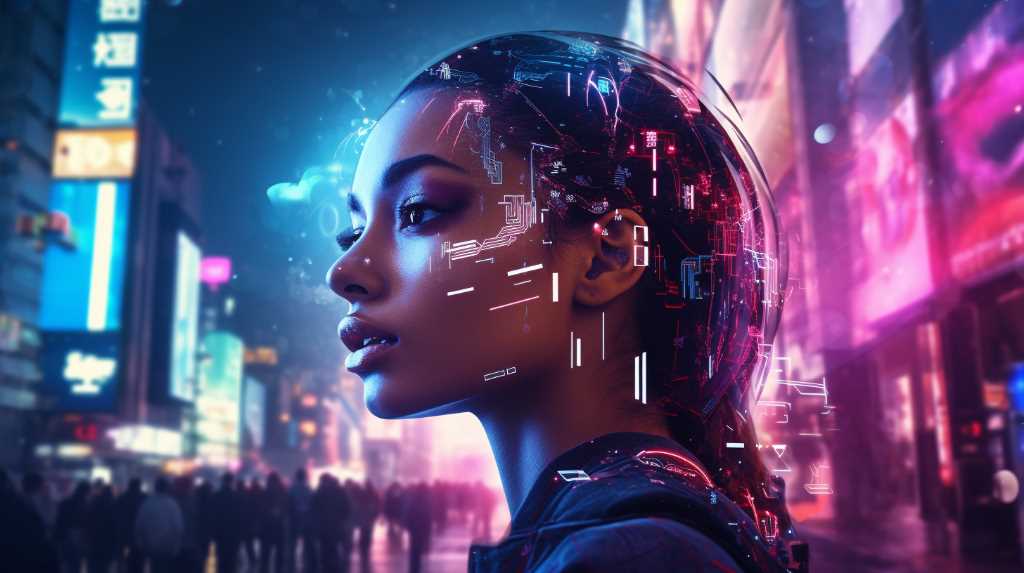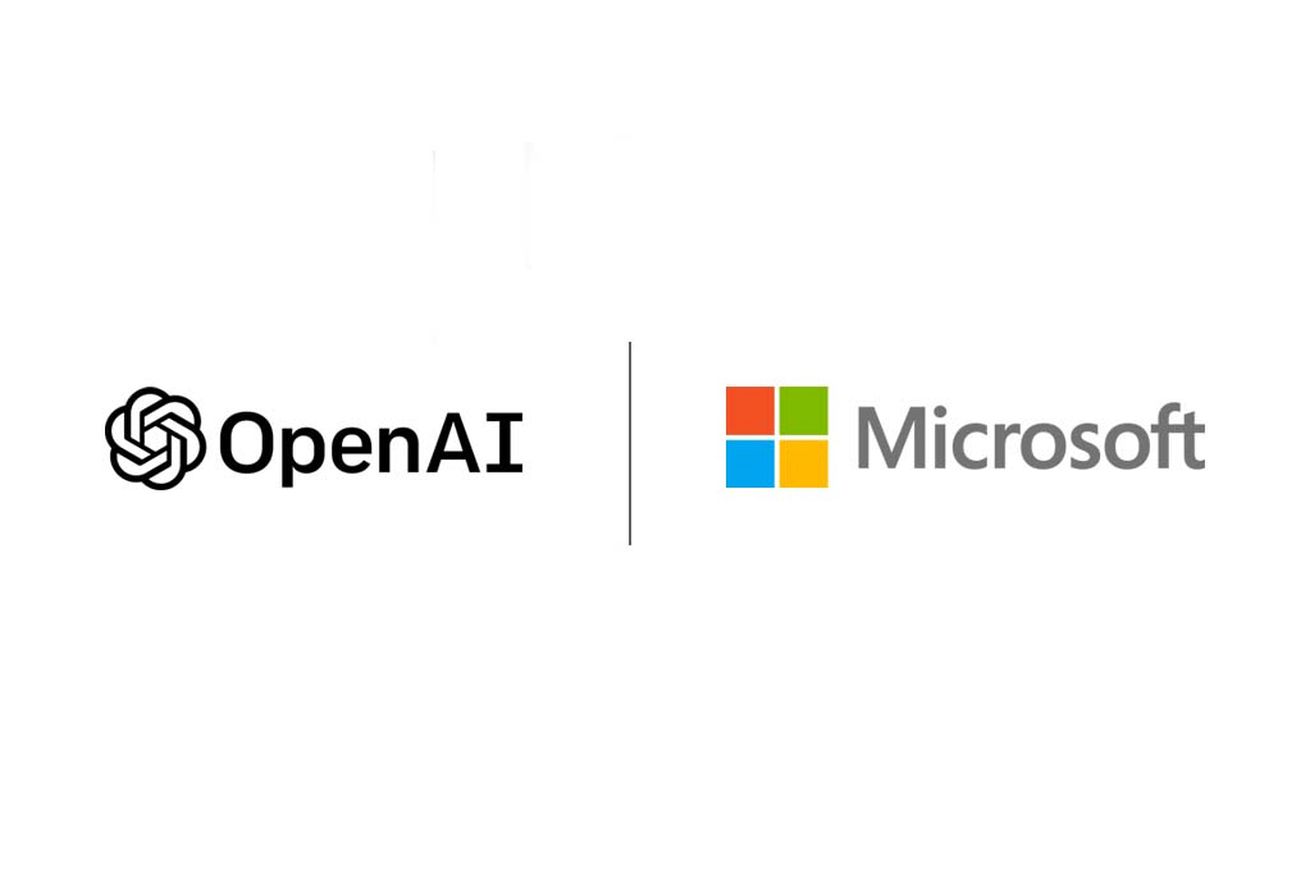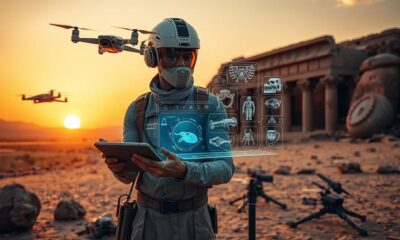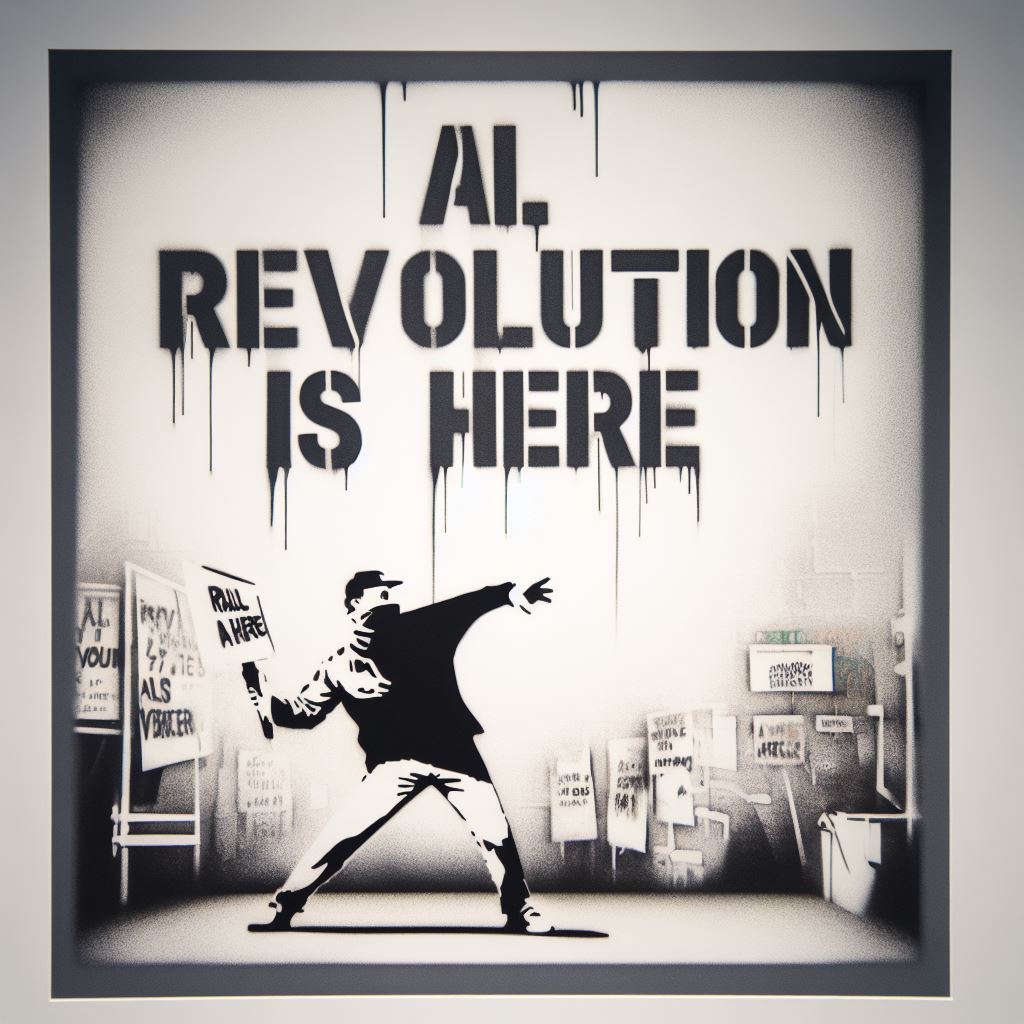AI Security
Unmasking the Future: A Deep Dive Into AI Security

As a researcher specializing in AI security, I have observed the potential risks hidden within artificial intelligence.
Just like a masterful magician, AI can mesmerize with its capabilities, but it also holds great risks.
In this article, we will embark on a deep dive into the realm of AI security, unraveling the vulnerabilities of these systems and exploring the strategies deployed to protect them.
Join me in unmasking the future of AI security and unraveling the ethical considerations that lie ahead.

Key Takeaways
- Risks and vulnerabilities of AI security pose significant threats to individuals and organizations, including the potential for unethical use and abuse of AI technology.
- AI systems are vulnerable to attacks that compromise sensitive data, manipulate algorithms, and even cause physical harm.
- Understanding vulnerabilities is crucial in mitigating risks associated with AI technology, and implementing robust security measures such as data encryption and vulnerability assessments is essential.
- The future of AI security requires the establishment of regulations and frameworks for data protection, privacy, and addressing ethical dilemmas like algorithmic bias, accountability, and transparency.
The Risks of AI Security Breaches
The risk of AI security breaches poses significant threats to both individuals and organizations.
As AI becomes more integrated into our daily lives, the potential for unethical use and abuse of this technology becomes a pressing concern. AI systems are vulnerable to attacks, which can compromise sensitive data, manipulate algorithms, and even cause physical harm.
The ethical implications are profound, as AI systems can be used to deceive, manipulate, and discriminate against individuals.
To mitigate these risks, organizations must prioritize the development of robust AI security measures. This includes implementing strong encryption protocols, regularly testing for vulnerabilities, and training AI systems to detect and respond to potential threats.

Additionally, ethical guidelines should be established to ensure responsible and fair use of AI technology.
Understanding the Vulnerabilities of AI Systems
Exploring the vulnerabilities of AI systems reveals potential risks and weaknesses in their security. Understanding these vulnerabilities is crucial in mitigating the risks associated with AI technology.
One major vulnerability is the susceptibility of AI systems to adversarial attacks. These attacks involve manipulating the input data to fool the AI system into making incorrect predictions or decisions.
Another vulnerability lies in the data used to train AI models. If the training data is biased or of poor quality, it can lead to biased or inaccurate outputs.

Additionally, AI systems can be vulnerable to privacy breaches, where sensitive data is leaked or accessed without authorization.
To mitigate these risks, it’s essential to implement robust security measures such as data encryption, access controls, and regular vulnerability assessments.
Ongoing research and development in AI security are crucial to stay ahead of potential vulnerabilities and protect against emerging threats.
Current Strategies for Protecting AI Networks
How can I protect AI networks and ensure their security?

In order to safeguard AI networks, it’s crucial to employ robust strategies such as data encryption and anomaly detection.
Data encryption plays a pivotal role in securing sensitive information by transforming it into an unreadable format, making it inaccessible to unauthorized individuals. By implementing strong encryption algorithms, we can ensure that data remains protected both at rest and in transit.
Additionally, anomaly detection techniques are instrumental in identifying unusual behaviors or patterns within AI networks. By monitoring network traffic and system activities, we can promptly detect and respond to any suspicious activities, mitigating potential security breaches.
These strategies work hand in hand to fortify the security of AI networks, ensuring the integrity and confidentiality of the data they process.

Emerging Technologies in AI Security
I frequently encounter emerging technologies that enhance AI security.
One of the most promising advancements is AI powered threat detection. This technology utilizes machine learning algorithms to analyze vast amounts of data and detect potential threats in real-time. By leveraging AI’s ability to analyze patterns and anomalies, organizations can identify and respond to security breaches more effectively.
Another important technology in the field of AI security is AI driven encryption. Traditional encryption methods can be vulnerable to attacks, but AI driven encryption uses machine learning to continuously adapt and enhance encryption algorithms, making them more resistant to hacking attempts.
These emerging technologies not only improve the security of AI systems but also enable organizations to stay one step ahead of cyber threats.

The Future of AI Security and Ethical Considerations
As we delve into the future of AI security and ethical considerations, it’s crucial to address the potential implications of these emerging technologies and their impact on data protection and privacy.
The rapid advancements in AI have opened up new possibilities, but they also bring forth a host of challenges that must be addressed. Future regulations will play a pivotal role in ensuring that AI systems are secure and ethical. Governments and regulatory bodies must work hand in hand with industry leaders to establish robust frameworks that protect individuals’ data and maintain the trust of the public.
Additionally, ethical dilemmas surrounding AI must be carefully examined. Issues such as algorithmic bias, accountability, and transparency need to be addressed to ensure that AI is used ethically and responsibly.
Only through proactive measures and continuous dialogue can we create a future where AI is both secure and ethical.

Frequently Asked Questions
What Are the Potential Economic Implications of AI Security Breaches?
Potential economic repercussions of AI security breaches include loss of consumer trust, leading to decreased sales and revenue. This can result in financial losses for businesses and a negative impact on the overall economy.
How Can AI Systems Be Compromised Through Social Engineering?
Social engineering techniques exploit AI vulnerabilities by manipulating human psychology to gain unauthorized access. Attackers use tactics like phishing, impersonation, and baiting to deceive users into revealing sensitive information or granting unauthorized system access.
Are There Any Legal Regulations in Place to Address AI Security Risks?
Legal requirements and a robust policy framework are essential to address the risks of AI security. Without these safeguards, AI systems can be vulnerable to exploitation, potentially leading to devastating consequences.
What Are the Ethical Concerns Surrounding the Use of AI in Cybersecurity?
Ethical implications and privacy concerns arise when using AI in cybersecurity. The potential for misuse, biased algorithms, and invasion of privacy are all considerations that need to be addressed for the responsible use of AI in this field.

How Can Organizations Ensure the Accountability and Transparency of AI Algorithms Used in Security Systems?
To ensure accountability and transparency in AI algorithms used in security systems, organizations must prioritize auditability and explainability. This allows for thorough examination and understanding of how the algorithms make decisions, reducing potential risks and ethical concerns.
Conclusion
In conclusion, as we delve deeper into the world of AI security, it becomes evident that the risks and vulnerabilities associated with AI systems are ever-present.
However, with current strategies and emerging technologies, we have the potential to protect and secure AI networks.
As the future of AI security unfolds, it’s crucial to consider the ethical implications and ensure that we navigate this realm with caution.

Remember, ‘forewarned is forearmed’ – knowledge and proactive measures are key to staying ahead in AI security.
Hanna is the Editor in Chief at AI Smasher and is deeply passionate about AI and technology journalism. With a computer science background and a talent for storytelling, she effectively communicates complex AI topics to a broad audience. Committed to high editorial standards, Hanna also mentors young tech journalists. Outside her role, she stays updated in the AI field by attending conferences and engaging in think tanks. Hanna is open to connections.
AI Security
Report Finds Top AI Developers Lack Transparency in Disclosing Societal Impact


Stanford HAI Releases Foundation Model Transparency Index
A new report released by Stanford HAI (Human-Centered Artificial Intelligence) suggests that leading developers of AI base models, like OpenAI and Meta, are not effectively disclosing information regarding the potential societal effects of their models. The Foundation Model Transparency Index, unveiled today by Stanford HAI, evaluated the transparency measures taken by the makers of the top 10 AI models. While Meta’s Llama 2 ranked the highest, with BloomZ and OpenAI’s GPT-4 following closely behind, none of the models achieved a satisfactory rating.
Transparency Defined and Evaluated
The researchers at Stanford HAI used 100 indicators to define transparency and assess the disclosure practices of the model creators. They examined publicly available information about the models, focusing on how they are built, how they work, and how people use them. The evaluation considered whether companies disclosed partners and third-party developers, whether customers were informed about the use of private information, and other relevant factors.
Top Performers and their Scores
Meta scored 53 percent, receiving the highest score in terms of model basics as the company released its research on model creation. BloomZ, an open-source model, closely followed at 50 percent, and GPT-4 scored 47 percent. Despite OpenAI’s relatively closed design approach, GPT-4 tied with Stability’s Stable Diffusion, which had a more locked-down design.
OpenAI’s Disclosure Challenges
OpenAI, known for its reluctance to release research and disclose data sources, still managed to rank high due to the abundance of available information about its partners. The company collaborates with various companies that integrate GPT-4 into their products, resulting in a wealth of publicly available details.

Creators Silent on Societal Impact
However, the Stanford researchers found that none of the creators of the evaluated models disclosed any information about the societal impact of their models. There is no mention of where to direct privacy, copyright, or bias complaints.
Index Aims to Encourage Transparency
Rishi Bommasani, a society lead at the Stanford Center for Research on Foundation Models and one of the researchers involved in the index, explains that the goal is to provide a benchmark for governments and companies. Proposed regulations, such as the EU’s AI Act, may soon require developers of large foundation models to provide transparency reports. The index aims to make models more transparent by breaking down the concept into measurable factors. The group focused on evaluating one model per company to facilitate comparisons.
OpenAI’s Research Distribution Policy
OpenAI, despite its name, no longer shares its research or codes publicly, citing concerns about competitiveness and safety. This approach contrasts with the large and vocal open-source community within the generative AI field.
The Verge reached out to Meta, OpenAI, Stability, Google, and Anthropic for comments but has not received a response yet.
Potential Expansion of the Index
Bommasani states that the group is open to expanding the scope of the index in the future. However, for now, they will focus on the 10 foundation models that have already been evaluated.
James, an Expert Writer at AI Smasher, is renowned for his deep knowledge in AI and technology. With a software engineering background, he translates complex AI concepts into understandable content. Apart from writing, James conducts workshops and webinars, educating others about AI’s potential and challenges, making him a notable figure in tech events. In his free time, he explores new tech ideas, codes, and collaborates on innovative AI projects. James welcomes inquiries.
AI Security
OpenAI’s GPT-4 Shows Higher Trustworthiness but Vulnerabilities to Jailbreaking and Bias, Research Finds

New research, in partnership with Microsoft, has revealed that OpenAI’s GPT-4 large language model is considered more dependable than its predecessor, GPT-3.5. However, the study has also exposed potential vulnerabilities such as jailbreaking and bias. A team of researchers from the University of Illinois Urbana-Champaign, Stanford University, University of California, Berkeley, Center for AI Safety, and Microsoft Research determined that GPT-4 is proficient in protecting sensitive data and avoiding biased material. Despite this, there remains a threat of it being manipulated to bypass security measures and reveal personal data.

Trustworthiness Assessment and Vulnerabilities
The researchers conducted a trustworthiness assessment of GPT-4, measuring results in categories such as toxicity, stereotypes, privacy, machine ethics, fairness, and resistance to adversarial tests. GPT-4 received a higher trustworthiness score compared to GPT-3.5. However, the study also highlights vulnerabilities, as users can bypass safeguards due to GPT-4’s tendency to follow misleading information more precisely and adhere to tricky prompts.
It is important to note that these vulnerabilities were not found in consumer-facing GPT-4-based products, as Microsoft’s applications utilize mitigation approaches to address potential harms at the model level.
Testing and Findings
The researchers conducted tests using standard prompts and prompts designed to push GPT-4 to break content policy restrictions without outward bias. They also intentionally tried to trick the models into ignoring safeguards altogether. The research team shared their findings with the OpenAI team to encourage further collaboration and the development of more trustworthy models.

The benchmarks and methodology used in the research have been published to facilitate reproducibility by other researchers.
Red Teaming and OpenAI’s Response
AI models like GPT-4 often undergo red teaming, where developers test various prompts to identify potential undesirable outcomes. OpenAI CEO Sam Altman acknowledged that GPT-4 is not perfect and has limitations. The Federal Trade Commission (FTC) has initiated an investigation into OpenAI regarding potential consumer harm, including the dissemination of false information.
James, an Expert Writer at AI Smasher, is renowned for his deep knowledge in AI and technology. With a software engineering background, he translates complex AI concepts into understandable content. Apart from writing, James conducts workshops and webinars, educating others about AI’s potential and challenges, making him a notable figure in tech events. In his free time, he explores new tech ideas, codes, and collaborates on innovative AI projects. James welcomes inquiries.
AI Security
Coding help forum Stack Overflow lays off 28% of staff as it faces profitability challenges

Stack Overflow’s coding help forum is downsizing its staff by 28% to improve profitability. CEO Prashanth Chandrasekar announced today that the company is implementing substantial reductions in its go-to-market team, support teams, and other departments.
Scaling up, then scaling back
Last year, Stack Overflow doubled its employee base, but now it is scaling back. Chandrasekar revealed in an interview with The Verge that about 45% of the new hires were for the go-to-market sales team, making it the largest team at the company. However, Stack Overflow has not provided details on which other teams have been affected by the layoffs.
Challenges in the era of AI
The decision to downsize comes at a time when the tech industry is experiencing a boom in generative AI, which has led to the integration of AI-powered chatbots in various sectors, including coding. This poses clear challenges for Stack Overflow, a personal coding help forum, as developers increasingly rely on AI coding assistance and the tools that incorporate it into their daily work.

Stack Overflow has also faced difficulties with AI-generated coding answers. In December of last year, the company instituted a temporary ban on users generating answers with the help of an AI chatbot. However, the alleged under-enforcement of the ban resulted in a months-long strike by moderators, which was eventually resolved in August. Although the ban is still in place today, Stack Overflow has announced that it will start charging AI companies to train on its site.
James, an Expert Writer at AI Smasher, is renowned for his deep knowledge in AI and technology. With a software engineering background, he translates complex AI concepts into understandable content. Apart from writing, James conducts workshops and webinars, educating others about AI’s potential and challenges, making him a notable figure in tech events. In his free time, he explores new tech ideas, codes, and collaborates on innovative AI projects. James welcomes inquiries.
-

 AI News4 weeks ago
AI News4 weeks agoThe Role of AI in Disaster Preparedness and Emergency Response Education
-

 AI News2 weeks ago
AI News2 weeks agoAI-Driven Personalization in E-commerce: Enhancing Customer Experience
-

 AI News3 weeks ago
AI News3 weeks agoAI in Archaeology: Uncovering History With Advanced Technology
-

 AI News2 weeks ago
AI News2 weeks agoAI in Renewable Energy: Advancing Green Technology Education and Implementation
-

 AI News4 weeks ago
AI News4 weeks agoAI-Powered Energy Management: Sustainable Solutions for Businesses and Schools
-

 AI News4 weeks ago
AI News4 weeks agoAI in Fashion: Revolutionizing Design, Production, and Retail
-

 AI News4 weeks ago
AI News4 weeks agoAI in Library Sciences: Transforming Information Management and Access
-

 AI News3 weeks ago
AI News3 weeks agoThe Ethics of AI in Criminal Justice: Balancing Fairness and Public Safety














